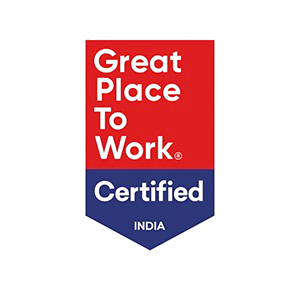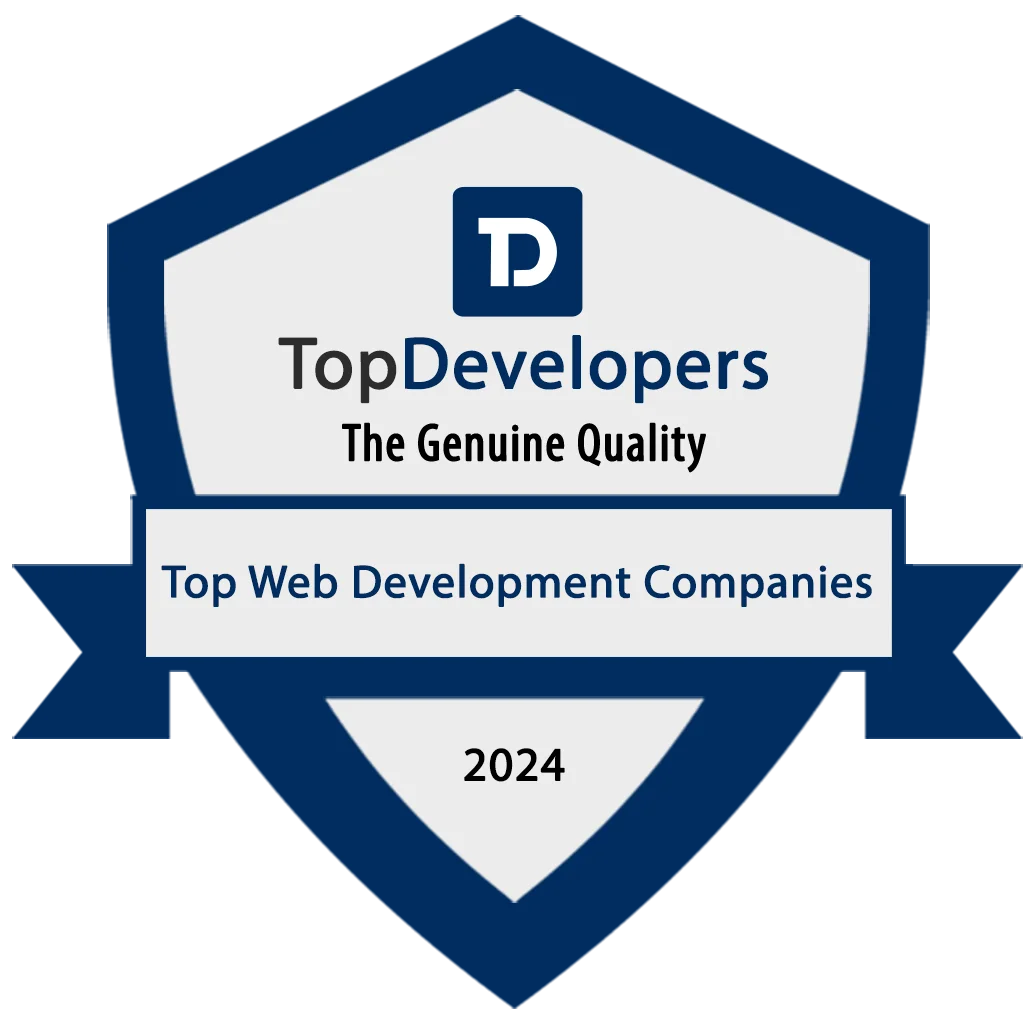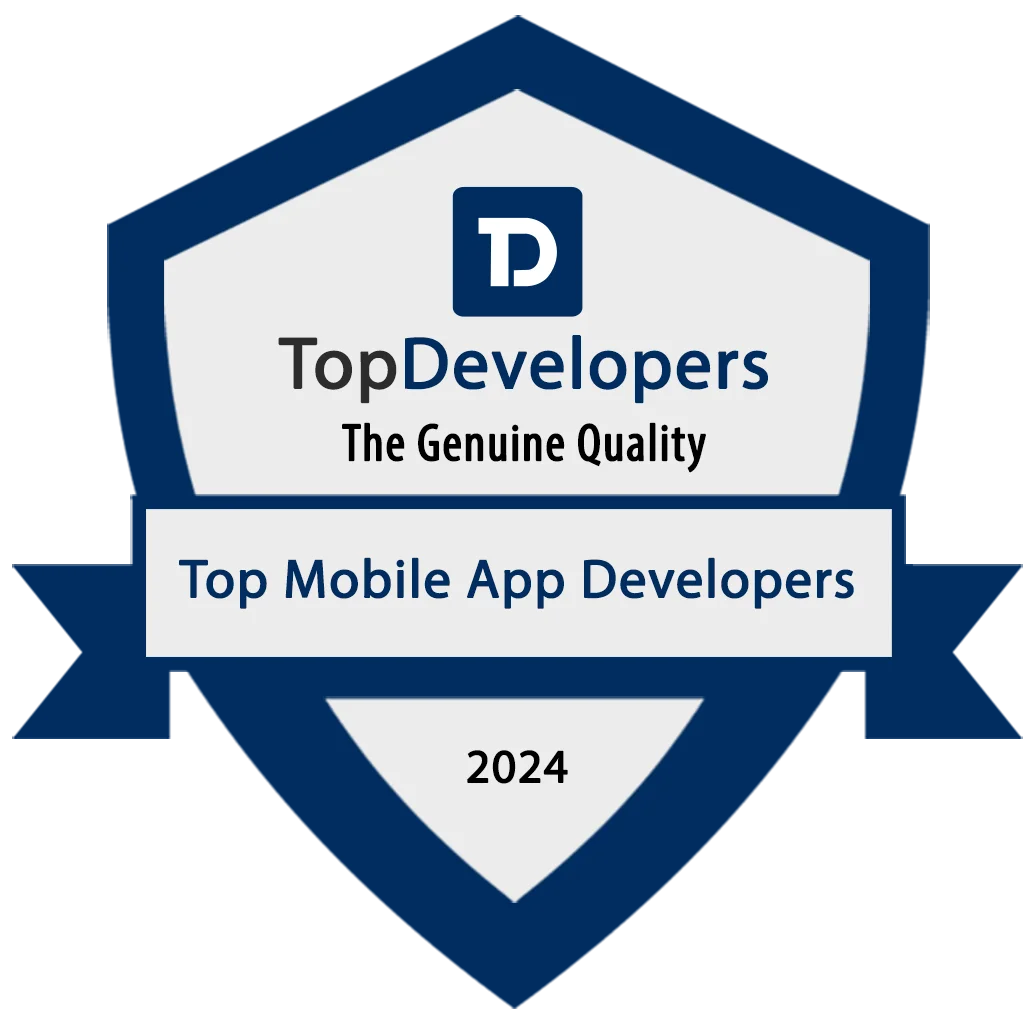
Are you juggling ever-changing project requirements, or searching for a project management style that promises flexibility, a customer-centric approach, and speed? The solution might be right in front of you: Agile Methodology for Software Product Development.
It is not merely a buzzword, but a validated method that successfully facilitates software development, offering a wealth of benefits and a customizable implementation plan tailored to your needs.
Understanding Agile Methodology
At its heart, Agile Methodology is a type of project management process, predominantly used for software development, where the requirements and solutions unfold through the collaborative work of self-organizing and cross-functional teams.
Agile’s inherent flexibility makes it exceptionally suitable for software development projects where the end goal can be a moving target and where changes are not just expected, but warmly welcomed.
The Genesis and Progression of Agile Methodology
Busting the myth, Agile wasn’t a spontaneous creation. It is a collective wisdom garnered from various lightweight software development methods of the 1990s, each of which aimed to challenge and reshape the traditional, often inflexible methods.
The term ‘Agile’ made its debut in this context in 2001, with the release of the Agile Manifesto. This manifesto outlined the key values and principles of Agile, forming the cornerstone of the Agile Methodology we understand today.
Pillars of Agile
Agile pivots around four fundamental values, enshrined in the Agile Manifesto:
- 1. Prioritizing individuals and interactions over processes and tools
- 2. Valuing working software over comprehensive documentation
- 3. Preferring customer collaboration over contract negotiation
- 4. Favoring response to change over following a rigid plan
The Impact of Agile Methodology on Software Product Development
Agile Methodology in Software Product Development proffers an array of benefits, which primarily account for its overwhelming acceptance in the industry.
1. Embracing Flexibility and Adaptability
Agile is synonymous with adaptability. As nimble as a deer, it accommodates changes in the business landscape, customer requirements, and project goals with remarkable ease. The methodology is underpinned by the principle that change is not merely inevitable but a valuable window of opportunity.
2. Elevating Quality Standards
By fragmenting the project into manageable units, Agile allows team members to concentrate on high-quality development, testing, and collaboration. Regular builds, testing, and reviews during each iteration help identify and rectify defects promptly and pinpoint expectation mismatches at an early stage.
3. Boosting Customer Satisfaction
The practice of delivering a working product and soliciting customer feedback regularly ensures that the product aligns with customer expectations, leading to customer satisfaction. Regular communication fosters trust between the team and the customer.
4. Mitigating Risks
Agile Methodology promotes frequent iterations of development, which serve as a powerful risk mitigation strategy. Regular work intervals enable teams to identify potential issues earlier, paving the way for swift decision-making to alleviate those risks.
Adopting Agile Methodology in Software Product Development
Incorporating Agile Methodology into your software development process may not be a cakewalk, but with a well-conceived strategy, it can potentially turn into your organization’s superpower.
1. Comprehend the Agile Principles and Values
Kickstart your Agile journey by gaining a deep understanding of its principles and values. Remember, Agile is more about a mindset shift than a simple process change.
2. Bring on Board an Agile Coach
An Agile coach can navigate your team through the adoption process, elucidate Agile principles, practices, tools, and roles, and steer the team towards becoming self-organized.
3. Begin Small
Start with a small, manageable project with a willing team. This will act as a sandbox to learn and adapt the Agile practices within your organizational context.
4. Leverage Agile Tools
A wide array of Agile tools is available to aid collaboration, manage backlogs, track progress and issues, and automate certain aspects of testing. Tools like Jira, Trello, and Asana can be incredibly useful.
Conclusion
In summary, Agile Methodology for Software Product Development provides a resilient framework for managing the unpredictability and dynamism inherent in the software development process.
With its multitude of benefits and effective implementation strategy, Agile has emerged as the preferred methodology for numerous organizations.
Now that you’re familiar with the power and flexibility of Agile, we want to hear from you! How has Agile Methodology transformed your software development projects?
Dynamic Methods is a leading product development company. Contact us and Share your experiences and thoughts in the comments below. And if you found this article helpful, please give it a like and share it with your professional network. Your feedback and support drive us to continue providing valuable content.
FAQs
1. What is Agile Methodology?
Agile Methodology is a project management process, primarily used for software product development, that encourages solution development through the collaborative effort of self-organizing, cross-functional teams.
2. Why should Agile Methodology be applied to Software Product Development?
Agile methodology offers significant benefits, such as adaptability, enhanced product quality, customer satisfaction, and risk mitigation. It allows teams to rapidly adapt to changes, ensuring a working software product is regularly delivered to the customer.
3. How can Agile Methodology be effectively implemented in Software Product Development?
To effectively implement Agile Methodology in your software product development, a thorough understanding of Agile principles is crucial. Appoint an Agile coach, start with a small project, and make use of Agile project management tools.
4. What are the primary values of Agile Methodology?
Agile methodology values individuals and interactions over processes and tools, working software over extensive documentation, customer collaboration over contract negotiation, and responsiveness to change over following a set plan.
5. What are some of the most widely used Agile project management tools?
Popular Agile project management tools include Jira, Trello, Asana, among others.
6. Is Agile Methodology suitable for all types of Software Product Development projects?
While Agile methodology is extremely adaptable and is best suited for projects where the end goal is not always clearly defined and changes are expected and welcomed, it’s important to assess the suitability of Agile on a project-by-project basis.




















This website page is unbelievable. The radiant substance reveals the moderator’s excitement. I’m awestruck and expect additional such astounding posts.
Thank you for your enthusiastic response! I’m delighted to hear that the content has resonated with you so strongly. Your encouragement is greatly appreciated, and I look forward to providing more posts that inspire and engage you. Stay tuned!
Wonderful web site Lots of useful info here Im sending it to a few friends ans additionally sharing in delicious And obviously thanks to your effort
Thank you for the positive feedback and for sharing the site with your friends! I’m glad you find the information useful. If you have any more questions or need further insights, don’t hesitate to ask. Your support is greatly appreciated!
Thanks for sharing. I read many of your blog posts, cool, your blog is very good.
Thank you for your kind words and reading the blog post! I’m glad you found them good and valuable. If there is any topic that interests you or you have any questions, feel free to let me know. Your feedback is greatly appreciated!
Thank you for your sharing. I am worried that I lack creative ideas. It is your article that makes me full of hope. Thank you. But, I have a question, can you help me?
Thank you for your kind words! I’m glad my article could inspire you. I’d be happy to help with your question. What do you need assistance with?
I don’t think the title of your article matches the content lol. Just kidding, mainly because I had some doubts after reading the article.
Thank you for your feedback! I’m glad you found the content engaging, even if the title didn’t quite match. If you have any specific doubts or questions about the article, please let me know, and I’ll be happy to clarify.
I don’t think the title of your article matches the content lol. Just kidding, mainly because I had some doubts after reading the article.
Thanks for your feedback and for sharing a laugh! I’d be happy to address any doubts you have—could you let me know which parts of the article were unclear?
Can you be more specific about the content of your article? After reading it, I still have some doubts. Hope you can help me.
Thank you for reaching out! I’d be happy to clarify any doubts. Could you specify which parts you need more information on?
Can you be more specific about the content of your article? After reading it, I still have some doubts. Hope you can help me.
Thank you for the kind words! I’m glad you enjoyed the site. Looking forward to your next visit!
Thank you for your feedback! I’d be happy to help clarify any doubts you have. Could you please specify which parts of the article were unclear? I’ll do my best to provide more detailed information to help you better understand those topics.
Your point of view caught my eye and was very interesting. Thanks. I have a question for you.
Thank you! Feel free to ask your question, and I’ll be happy to help.
Your point of view caught my eye and was very interesting. Thanks. I have a question for you.
Thank you! Feel free to ask your question—I’m here to help.
Thank you for your sharing. I am worried that I lack creative ideas. It is your article that makes me full of hope. Thank you. But, I have a question, can you help me?
Thank you for your kind words! I’m glad the article inspired you. Please feel free to ask your question—I’m here to help!
Can you be more specific about the content of your article? After reading it, I still have some doubts. Hope you can help me.
Thank you for your feedback! Let me know what specific points you’re unsure about, and I’ll be happy to provide more details.
Can you be more specific about the content of your article? After reading it, I still have some doubts. Hope you can help me.
Thank you for your comment! Let me know what specific doubts you have, and I’ll gladly provide more details.
Your point of view caught my eye and was very interesting. Thanks. I have a question for you.
Thank you! Feel free to ask your question—I’m here to help.